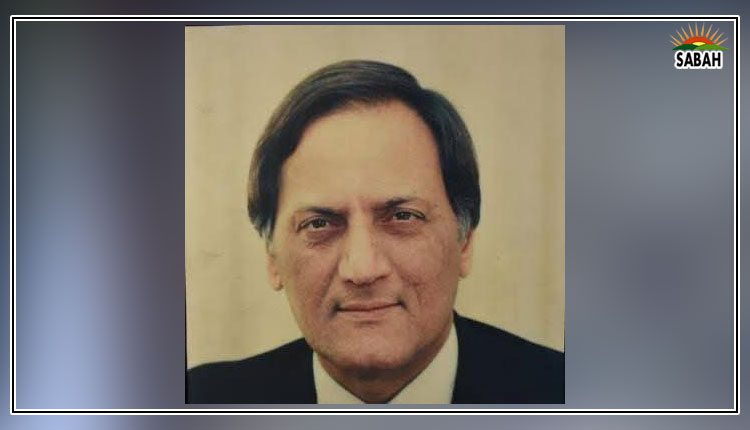Psychology behind lengthy sentences … M Nadeem Nadir
One question the learners of essay writing frequently ask: how many sentences must a paragraph consist of? The question actually originates in discriminating between form and content. For its answer, we resort to the most quoted definition of a paragraph by Sir Ernest Gowers who wrote in The Complete Plain Words: “… the paragraph is essentially a unit of thought, not of length. Every paragraph must be homogeneous in subject matter, and sequential in treatment of it.”
The volume of a paragraph is directly proportional to the length, quality and number of its sentences vis-a-vis frequency of thoughts. The Times advises its journalists: “Long paragraphs are tedious but short ones are jerky and can be equally hard to follow. The best advice is to remember Gowers and ask, before pressing the paragraph key, ‘Have I finished that thought?’”
Sir Gowers further advises that if the treatment of a single thought necessitates an elephantine paragraph, it must be divided into more paragraphs than one. However to pack into a single paragraph the passages that lack unity of thought must be avoided religiously.
The same yardstick of unity of thought must be applied to the length of a sentence. If a short sentence is a snapshot, the long one can feel like a movie, provided if both are well crafted. First we locate the reasons why a writer falls into the trap of minting Brobdingnagian sentences.
When the writer is oblivious of the basic tenet of the art of crafting meaningful sentences — one idea per sentence, he will write muddled and serpentine sentences. There is an ethical difference between a sentence that is easy to read and the one that demands our attention. In the pursuit of complexity, writers risk sacrificing clarity, the cornerstone of effective communication.
The novice writers in order to parade their knowledge and sophistication also forge prolix sentences. They must understand that profundity is the daughter of convenience. A good composition is an archive of the literal, the straightforward and the utilitarian. To play literary mavens and camouflage the insincerity to thought may mislead a writer into churning out crawling sentences, vitiating stylistic beauty.
An insecurity while concluding the sentence may sedate the writer to drag the sentence beyond all reason. The lurking fear that the sentence is not complete in its own right and the idea put forth not mature enough generates labyrinthine sentences. Such a writer attempts to gloss over his creative insubstantiality through heavy sentences like a cuttlefish spurting out ink. He, sadistically indulging in word craft, writes more for himself than for readers.
It’s a futile effort lengthening a sentence for the sake of it. Less is always more. Gone are the days when readers displayed a greater attention span and wider capacity to joyride on the twists and turns of a lengthy sentence.
However, on the credit side, some writers of Olympian grandeur masterfully craft a lengthy sentence as per the visceral or cerebral requirement of the character, the argument or the context. Long, flowing sentences can immerse readers in a vivid sensory experience, while short, staccato sentences can inject tension and urgency into a narrative.
In the soliloquy at the end of Act 1, Macbeth begins with a simple five-word phrase and culminates with a thirty-six word sentence: it mimics the chaotic mind of a would-be murderer. In 2023 Booker Prize winner Prophet Song by Paul Lynch, the omission of paragraphs or quotation marks depicts the claustrophobic milieu the lead character finds herself in, and makes readers share her suffocation.
Long sentences at the beginning or ending (using poetic licence) of an essay can capture the readers’ attention, allowing them to settle in or out. Similar to the viewers of a movie’s opening and closing scenes which are often far longer, readers expect something riveting and unusual, which they find in well-chiselled lengthy sentences at both ends.
Courtesy The Express Tribune, March 18th, 2024












